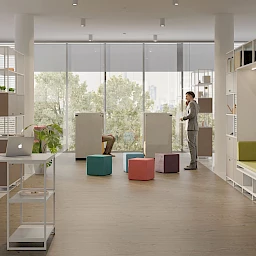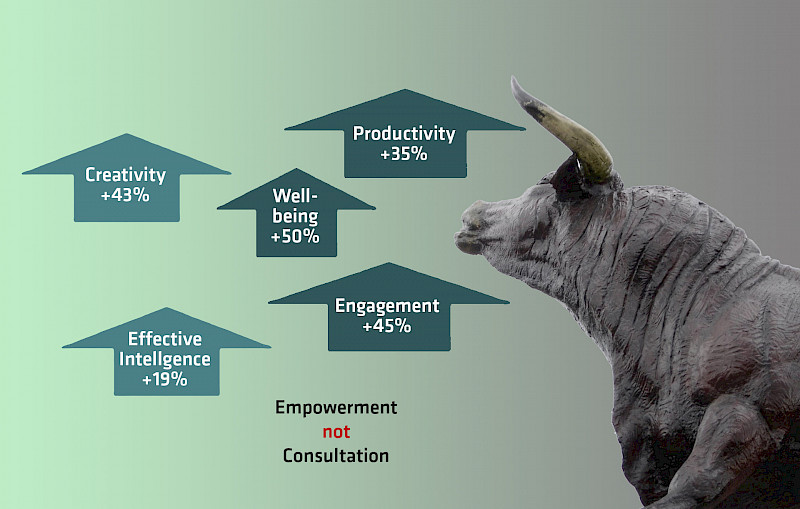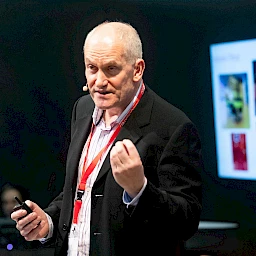Communication, collaboration and co-creation — the new world of work is characterised by shared processes. For example, the following article deals with workplace design through co-creation and the preconditions for its success.
Technical progress is expanding creative opportunities
Co-creation means including customers in the designing and creation of products. Co-creation can range from the integration of customers’ ideas into the product development process through the selection of ideas by customers and all the way to the individualized design of products for specific customers. One example is “Lego Ideas“, excerpted from Gabler-Online-Wirtschaftslexikon
In the B2B area, co-creation has always been a proven method for developing products and services together with customers and eventual users. By contrast, in the B2C area customers have for a long time appeared only in the form of average values or, at most, as types or personas. Today this situation is changing. New technologies are making it possible to customize mass-market products as well. Meanwhile, more and more products are taking over additional functions, and as a result the range of variants as well as the complexity of the development processes are increasing. So it’s no wonder that more and more companies are integrating the eventual users of their products into the development process. Admittedly, this makes most decision-making processes last longer, but the risk of failure and bad investments is significantly reduced. That’s reason enough to use co-creation methods in corporate processes as well — for example, in the design of workplaces.
Redesigning offices in a co-creation process
The process of designing physical rooms is very suitable for trying out co-creation processes. The task assignments are usually easy to delineate, and the success of the measures is easy to see.
The planning process typically begins with an analysis of needs by means of a survey of the eventual users. This survey gathers information about communication flows, specific characteristics of the various activities, and individual preferences. The subsequent development of a concept can take place in stages during which the employees are repeatedly included and can influence the ensuing implementation. The usefulness of this method is obvious. The employees know the requirements of their work environment best. At least equally important is the motivating effect, which is especially well documented in the area of workplace design.
The English psychologist Dr Craig Knight, who is based in Exeter, has carried out research in this area for many years. His studies have repeatedly shown that the inclusion of employees in the workplace design process not only enhances their sense of well-being and commitment but also boosts their productivity by an impressive 35 percent. Besides, their ability to contribute fresh new ideas to problem solutions increased by 19 percent. Both of these effects could be measured even quite a long time after the measures had been implemented.
Please also read
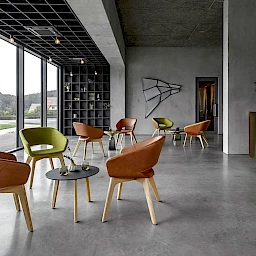
Applying research results
However, a number of influencing factors must be taken into account so that the above-mentioned effects can happen. After the goals and framework conditions have been defined at least in general terms, the project teams have to be assembled and equipped with the necessary authorizations. This aspect is less trivial than it may seem at first. After all, most co-creation processes aim to help new ideas emerge rather than merely letting people vote on long-familiar issues. That’s why it can be helpful to take into account the results of research into creativity. The examples we present here are two familiar models for explaining creativity and two more recent topic-specific investigations that show how creativity can be promoted in a targeted way:
1. the model of michael a. west
The model of Michael A. West (2002) emphasizes the significance of diversity within the composition of groups. It’s all about diversified knowledge and skills as well as personal differences. According to this model, having wide variety in areas such as age and hierarchy levels increases the opportunities for creativity. On the other hand, it also raises the risk of conflicts, and therefore it makes sense in most cases to have a moderator for at least individual steps of the process.
2. teresa m. amabile and colleagues (1997)
Teresa M. Amabile and colleagues (1997) emphasize that creativity emerges from the participants’ personal qualities, such as expertise or motivation, and can also be promoted through the organization. That’s why challenging tasks are the first requirement. In the context of creating a new work environment, this means it doesn’t make a lot of sense to only hold votes about minor details. In addition, sufficient material resources are needed — for example, time and labour as well as support from supervisors.
3. the model of michael a. west
The trust placed in the teams also plays a central role. Jürgen Glaser and Britta Herbig (2008) carried out a research project commissioned by the Federal Institute for Occupational Safety and Health (BAUA) in which they demonstrated that assigning additional responsibility and granting autonomy have a significant influence on the creativity of the people involved.
How could this obviously important support by supervisors or by the organization look? In his field research, Craig Knight provided the teams with supportive external specialists — architects, management consultants or planners — and called it (super) empowerment.
Rooms as a test area and as a starting point
The application of all these points is of course not limited to the co-creation of rooms. They can also be applied to other areas. But room design is a good area for practising co-creation processes and then expanding the experience gained in this way to other areas — possibly even to cooperation with the company’s own customers. It could also be a good idea to launch the development of new work environments in the rooms that will be used in the future for cooperatively developing ideas and solving problems. Inspiring ideas for this can be found in the co-areas in the IBA Forum Showrooms.



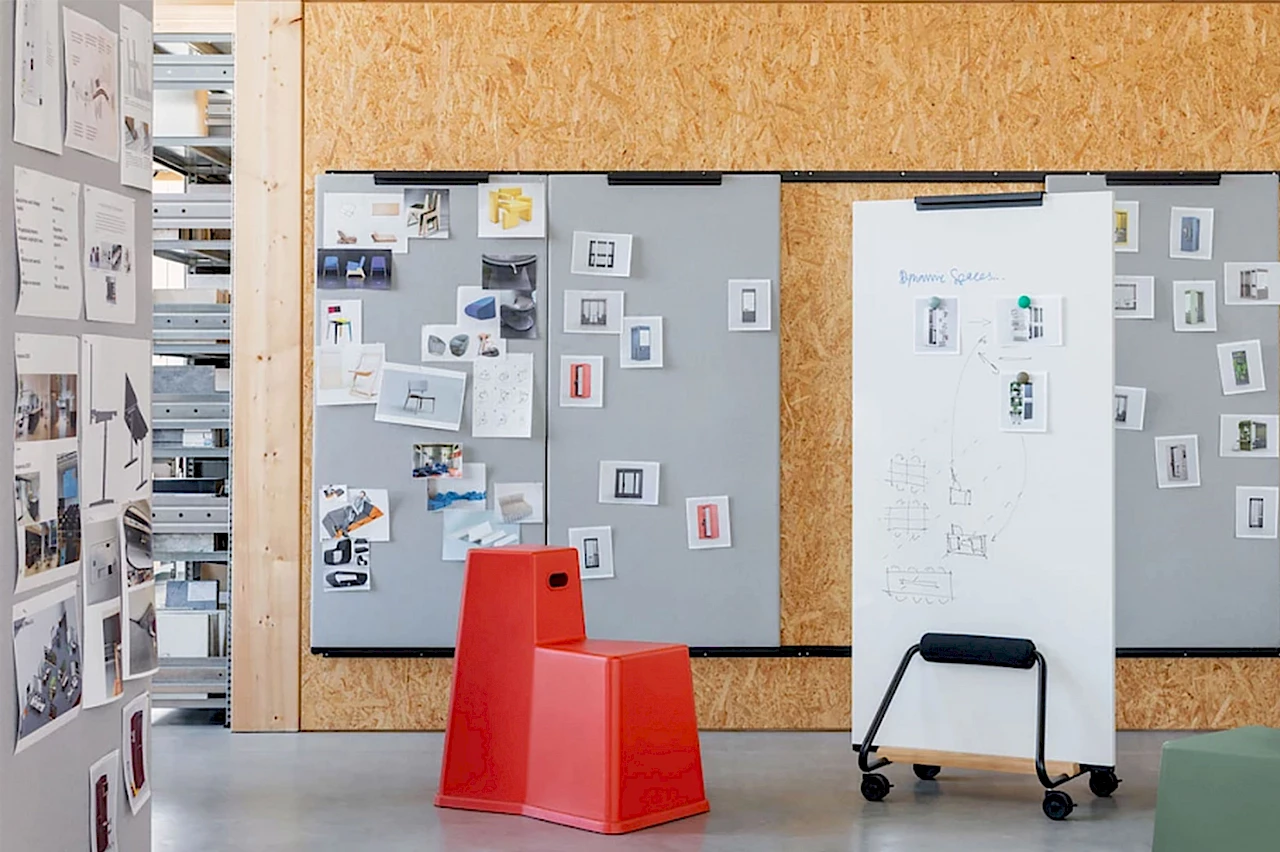
 Barbara Schwaibold
Barbara Schwaibold 